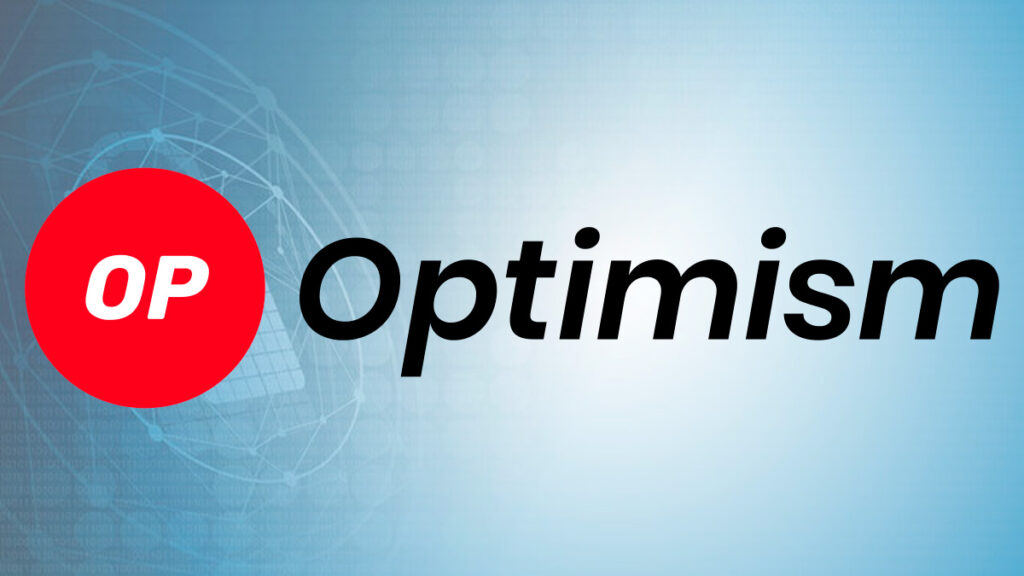Optimism Network, a layer 2 scaling solution for Ethereum, has announced the launch of a testnet version of its fault-proof system, a novel mechanism to prevent fraudulent transactions on its network. The system is designed to enable secure bridging without central fallback and to allow each network to customize its own fraud prevention strategy.
According to an Oct. 3 blog post by OP Labs, the developer of Optimism Network, the fault-proof system is currently deployed to the Optimism Goerli network, a testnet that connects to Ethereum’s Goerli testnet. The system consists of three components: a fault-proof program (FPP), a fault-proof virtual machine (FPVM), and a dispute game protocol.
Optimism Labs Steps Into the Future with New Upgrade
The FPP is a smart contract that defines the rules for detecting and resolving faults on the network. The FPVM is a software that executes the FPP and verifies the correctness of the network state. The dispute game protocol is a process that allows users to challenge and prove faults on the network.

The fault-proof system aims to address the security and decentralization challenges of OP Stack-based networks, which use Optimism as their base layer. OP Stack is a set of software tools that can be used to create custom blockchain networks with different features and functionalities.
Currently, OP Stack-based networks rely on centralized sequencers to bundle and submit transactions to Ethereum. However, this creates a risk of fraudulent transactions being confirmed if an attacker can control the sequencer. To mitigate this risk, the fault-proof system allows users to submit fraud proofs to block the sequencer if it submits incorrect data.
Moreover, the fault-proof system is modular and flexible, allowing each network to develop its own system for preventing fraud. For example, a network could use zero-knowledge proofs (ZK-proofs) as a type of fraud-proof, which are usually used in zero-knowledge rollups, but not in optimistic ones.
The fault-proof system is expected to enhance the security and diversity of the Optimism Superchain, an interconnected web of blockchain networks that use Optimism as their base layer. The Optimism Superchain aims to create a more scalable and efficient ecosystem for decentralized applications (DApps) on Ethereum.










